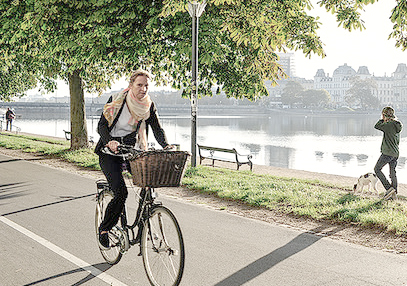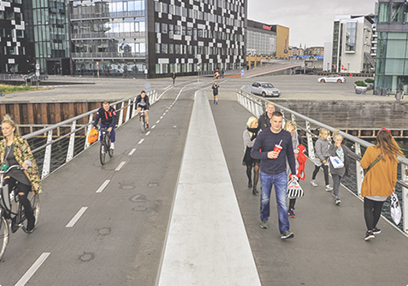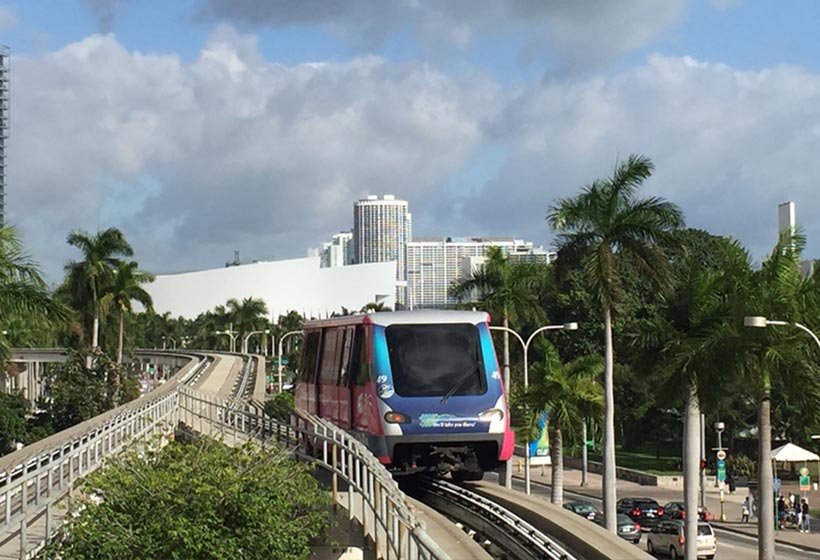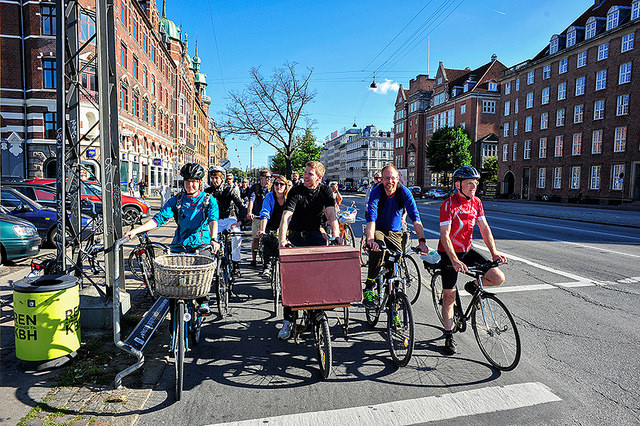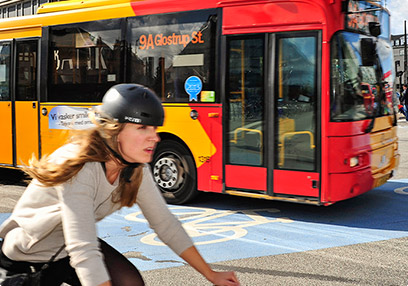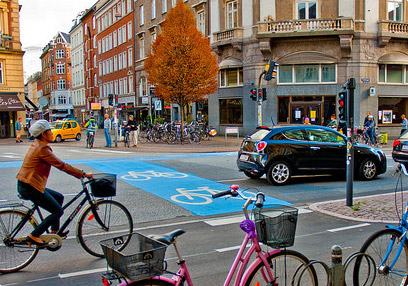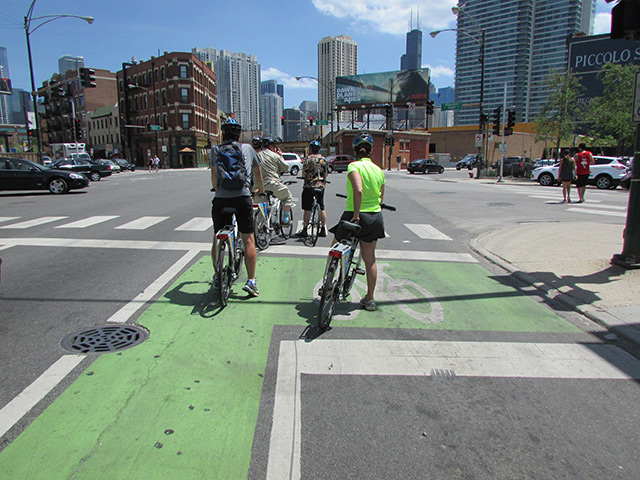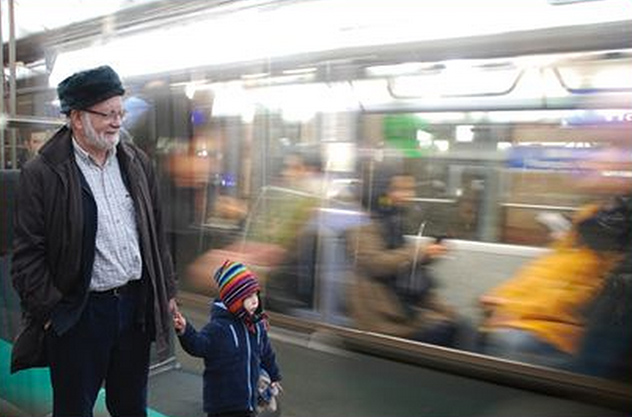00 Intro
This Principle in Action Means One Thing
LIVABLE CITIES start slowly, says Gil Penalosa, founder and chair of 8-80 Cities. They start with traffic slowed down to 20 mph in neighborhoods, to make pedestrians safe whether they are eight or 80 years old. Bike lanes are physically separated from roadways so people who would have never considered biking feel safe pedaling their toddlers to school. They have public spaces that celebrate public life, including parks where people can gather, play and rest. And they have clean, fast, public transportation that gives people choices about how to get around. When Gehl Architects Founding Partner Helle Søholt hears people say change is impossible culturally or financially for their city, she points out that even Copenhagen had to change culturally to be as livable as it is now, with downtown squares that once served as parking lots for commuters are now ringed with restaurants and retail, linked by commercially vibrant walking streets.
- WALKABILITY
- To design streets for everybody, design for pedestrians first – slow speeds, raised crosswalks. Next, make streets interesting for walkers.
- BIKEABILITY
- Success isn’t more Spandex; it’s a woman biking to a business meeting dressed exactly as if she were driving. First step: Make bikers feel safe.
- PUBLIC SPACES
- Parks, walkable streets and other public places are great equalizers; they bring people together, and they can energize people through recreation.
- PUBLIC TRANSPORTATION
- High-speed buses with dedicated lanes are the most cost-effective way to move people, though offering choices to commuters is best of all.


